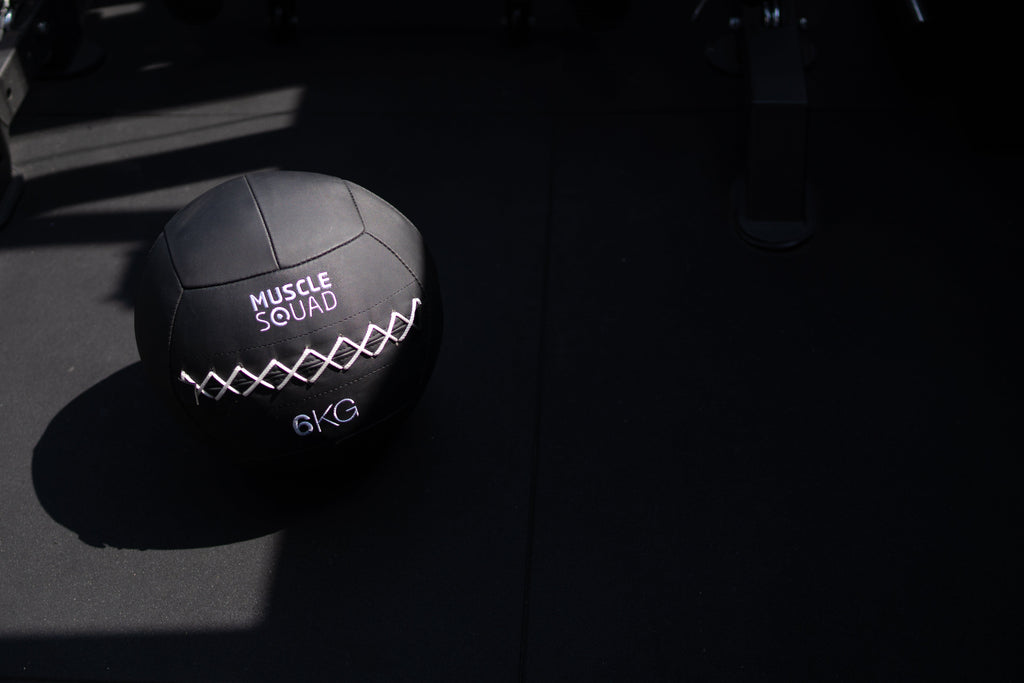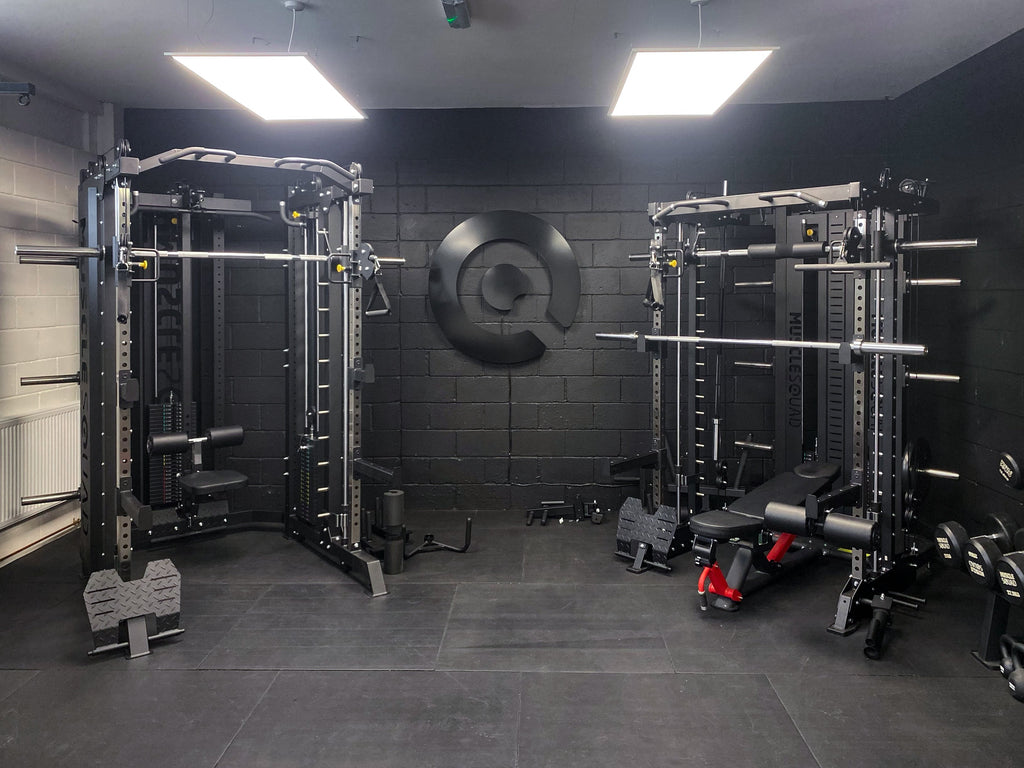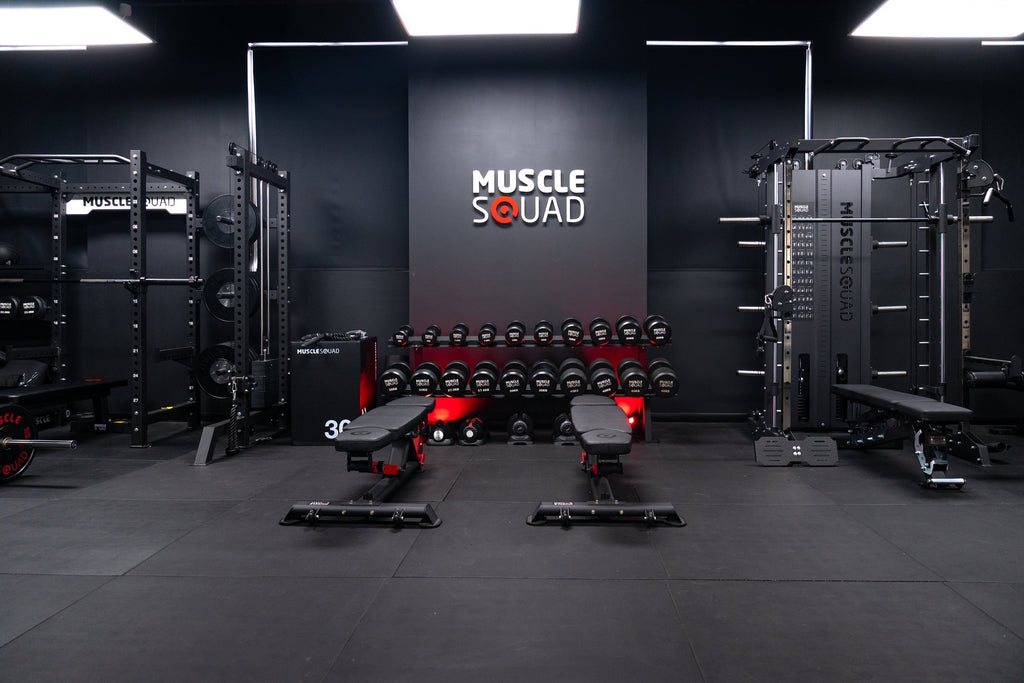It’s a common misconception that every cable machine is the same. It’s a steel cable pulling a weight stack; what’s there to change?
The truth is that cable machines have lots of nuance to them, none more significant than the difference between 1:1 and 2:1 cable machines. You might be scratching your head as to what these terms mean, so we’re going to explain everything along with each variant’s pros and cons.
What does 1:1 and 2:1 mean?
1:1 and 2:1 refer to cable ratios. The ratio of your cable machine dictates how much resistance you feel at the handle.
A cable machine set on a 1:1 ratio means the weight at the handle is equal to the weight you’ve selected on the stack. 40kg of weight plates on a 1:1 machine generates 40kg of resistance when you lift it up.
The resistance you feel on a 2:1 cable machine is half of what’s selected on the weight stack. So that 40kg of weight plates we mentioned earlier would translate to 20kg of resistance.
These are the two most common types of cable machine, though 3:1 and even 4:1 options do exist. As you can guess, 3:1 cable machines generate one third of the resistance at the handle while a 4:1 setup generates a quarter.
You might be asking why someone would choose not to access their entire weight stack, but there are a number of pros and cons between the two cable ratios that should be considered.
Max weight
A key difference between 1:1 and 2:1 cable machines is the amount of weight you can access.
1:1 cable machines allow you to access the entire weight stack. This is great for heavier lifts like lat pulldowns and low rows, as most advanced lifters will need more than 50kg for these exercises which a 2:1 machine is unlikely to provide.
2:1 cable machines only allow you to access half of the stack’s weight. This is unlikely to be an issue for isolation exercises like bicep curls and lateral raises, but it’s worth keeping in mind if you’re wanting to lift heavy on your machine.
Smooth glide
The smoother the glide of your cable machine, the more effective it is for rehabbing injuries and performing slow eccentrics in your workouts.
1:1 cable machines sacrifice some of the smoothness in their glide in order to access the entire weight stack. While this won’t be an issue in heavy lifts where you’re pulling the cable slowly, it might be apparent in explosive movements where you want to pull the cable quickly.
2:1 cable machines boast a luxurious glide that you won’t find in 1:1 products. Not only does this provide a more premium feel, but it also lets you really squeeze your muscles at the top of movements.
Increment jumps
Each cable machine has a different weight stack and its own increment jumps between plates.
1:1 cable machines can make it difficult to progress to the next weight. Remember, you feel the entire weight on these machines, so moving from three 5kg plates to four 5kg plates gives you a total resistance of 20kg. If you think about that for a bicep curl, it’s quite the leap. To combat this, we’ve manufactured a small 2.5kg weight plate that makes these jumps much more manageable on our 1:1 functional trainer.
2:1 cable machines provide lighter weight jumps — usually in 2.5kg increments. This is why they’re favoured for isolation exercises and gradual progression.
Cable length
Since one of the most popular cable movements is the cable crossover, it’s important that you have enough travel in your cables to hit the exercises you want to.
1:1 cable machines travel in tandem with the weight stack. What this means is that, if you’ve lifted the stack up by half a meter, the cable will have travelled half a meter from the rack. For this reason you want to make sure that any 1:1 cable machine you’re considering has a tall enough weight stack to give you the room you need for cable flys, rows and any other exercise you’re looking to perform.
2:1 cable machines extend farther than their 1:1 cousins. If you lift the weight stack up by half a meter, the cable will have travelled a full meter from the rack. This gives you peace of mind that you’ll be able to perform dual cable movements with ease.
What about using both ratios on a single rack?

Now you're thinking! With such distinct benefits to 1:1 and 2:1 cable ratios, we decided to marry the two together in what we like to think is the ultimate cable-equipped squat rack.
Our Phase 4 flagship system has four cable pulleys across the rack: two fixed pulleys on a 1:1 ratio and two adjustable pulleys on a 2:1 ratio.
This gives you the freedom to smash your heavy lifts with the 1:1 cables mounted at the top of the rack — a godsend for lat pulldowns, trust us.
At the same time, you can have your 2:1 cables positioned anywhere on the steel upright to train unilateral or bilateral movements on a smoother glide with a longer range. Talk about hitting it all.
Clearly, there are positives and negatives to both cable ratios. To end with some closing thoughts, this is where we think the crux of the matter lies.
- If you’re prioritising lifting heavy, then a 1:1 system is for you.
- If you’re prioritising all-round performance, then a 2:1 system is for you.
We hope the information here has helped your purchasing decision. Happy training!

 May 14, 2024 - Cameron Brierley
May 14, 2024 - Cameron Brierley


Leave a comment: